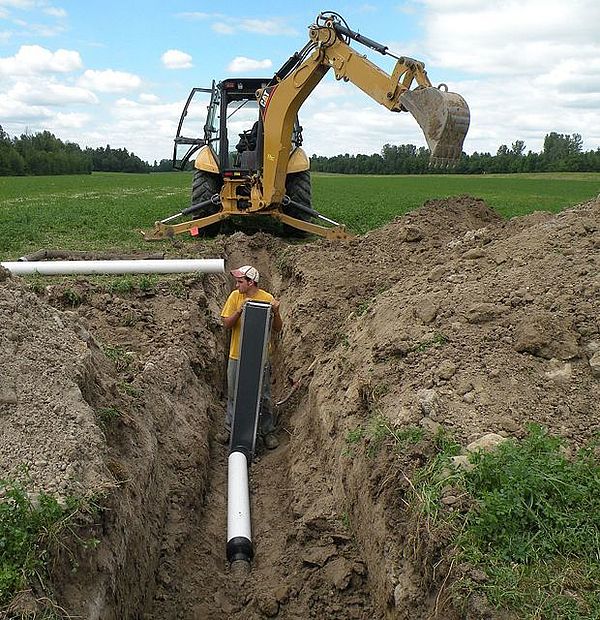For several years LCC has been raising awareness about tile drains and urging state agencies to focus more attention and regulatory scrutiny on them. Tile drainage is a tool farmers use to drain water from their fields faster. They install perforated plastic pipes in trenches several feet below the surface. The pipes accumulate water and whisk it to a nearby stream or wetland. Tiling allows farm fields to dry earlier in the spring and prevents excess water build up during wet periods. On a field level, tile drainage changes the dominant flow pathway from overland to subsurface, sometimes by as much as 90%. The problem is that this can lead to an up to ten-fold increase in soluble phosphorus loading to water bodies. Instead of including tile drain regulations in Act 64, the nutrient reduction legislation Vermont passed in 2015, the Legislature requested a report from the Vermont Agency of Agriculture Food and Markets (AAFM) and the Vermont Agency of Natural Resources (ANR). That report, released in mid-February, was supposed to outline a process for regulatory oversight of tile drains but it fell far short of the mark. Instead the report calls for additional study, incentives, and education without any clear regulations related to installation, retrofit or best management practices for tile drain systems.
In both 2015 and 2016 LCC and other organizations had recommended a series of measures to address tile drains including mapping, monitoring, installation recommendations, and requiring best practices to reduce polluted discharge from current and future tile drains. Despite the range of measures that could be included in a rule on tiles, the Agencies have chosen to dodge the issue.
LCC and other environmental organizations have chastised the agencies for the weak approach in their recently released report. In a joint letter to AAFM and ANR we stated that while "more study is needed in some areas, enough is known of the impacts of tile drains on water quality that regulations shouldn’t be further postponed to curb this polluted discharge. If the Agencies insist on further research with no regulations, then a moratorium on the installation of new tile drains until these studies are complete is appropriate." Click here to read the entire letter to AAFM and ANR.
